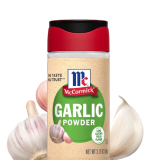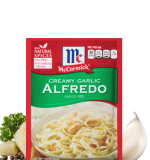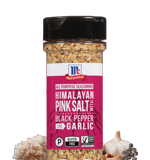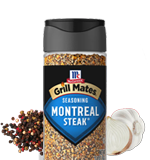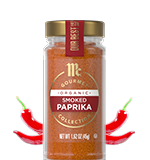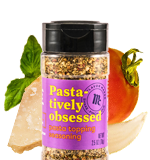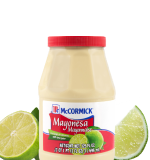
Italian Cuisine

By: McCormick Kitchens
May 28, 2025
Instructions
WHAT IS ITALIAN FOOD?
Italian cuisine is deeply rooted in a passion for fresh ingredients. McCormick's Italian herbs and spices add a robust flavor in minutes that even seasoned palettes would appreciate. Needless to say, Italians are very particular about their food — herbs and spices included.
REGIONAL ITALIAN FOOD
Northern Italy is known for its risottos and use of butter, while Central Italy is home to Parmigiana Reggiano cheese and better known for tortellini.
Throughout the 20 regions of Italy there are many distinctive and unique ingredients and dishes.
Italian food leans on simple, high-quality ingredients and freshly dried herbs and spices. An easy way to experience the same rustic Italian flavors and aromas is to bring those herbs and spices to your own kitchen.
ITALIAN SPICES & HERBS
Explore easy ways to use these herbs and spices for delicious Italian dishes.
Oregano: McCormick's pure oregano has a natural affinity for all things tomato. That’s why it’s a staple of the southern Italian kitchen. From slow-cooked tomato sauce to spiced tomato juice to fresh tomato salad, oregano never met a tomato it didn’t like.
Basil: You won’t find a more versatile herb than McCormick's pure basil, which some people may not know is actually part of the mint family. It carries a fresh, green aroma with a hint of sweet licorice and holds a place of honor in the Italian and Italian-American kitchen. Use it in seafood and poultry dishes, red sauces, pizza and pasta with vegetables.
Rosemary: The Italian table wouldn’t be the same without this aromatic herb. Rosemary is used in marinades for grilled meat and poultry. But it also does double-duty as a flavor-enhancer for starchy beans and vegetables.
Red Pepper: Traditional Italian cuisine isn’t known for chili pepper heat, but Italian cooks use small amounts of this fiery spice to liven up pasta sauces and vegetables. Take Amatriciana sauce, for instance. It pairs red pepper with tomato and a bit of guanciale, and offers a full, rich flavor in every bite.
Parsley: Known more for its appearance, parsley can add both color and flavor to a wide range of dishes. Parsley pairs particularly well with the seafood dishes popular along the coastal cities in Italy.
Bay Leaves: Use this classic Italian herb in fish soups and stews. Add some parsley flakes, thyme and a hint of crushed red pepper for a true Italian treat.
Garlic: Garlic is well known to be a favorite in Italian dishes. Its sharpness cuts through rich tomato sauces, heavy meat and eggplant dishes while its sweetness is at home with seafood.
Thyme: Thyme is an essential and versatile herb, its sweet aroma and mellow flavor make it the perfect addition to all types of recipes. A Mediterranean native, thyme regularly turns up in the Italian kitchen, particularly in rubs for roast chicken and in garlicky chicken soups and stews. It goes great with other Mediterranean herbs such as rosemary, oregano and bay leaves.
HOW LONG DO SPICES LAST?
While dried herbs and spices typically last for 1–2 years, there are some exceptions worth noting when it comes to the shelf life of spices.
ITALIAN RECIPES
1. Cacio e Pepe

2. Classic Lasagna

3. Pasta Carbonara

4. Homemade Pasta


